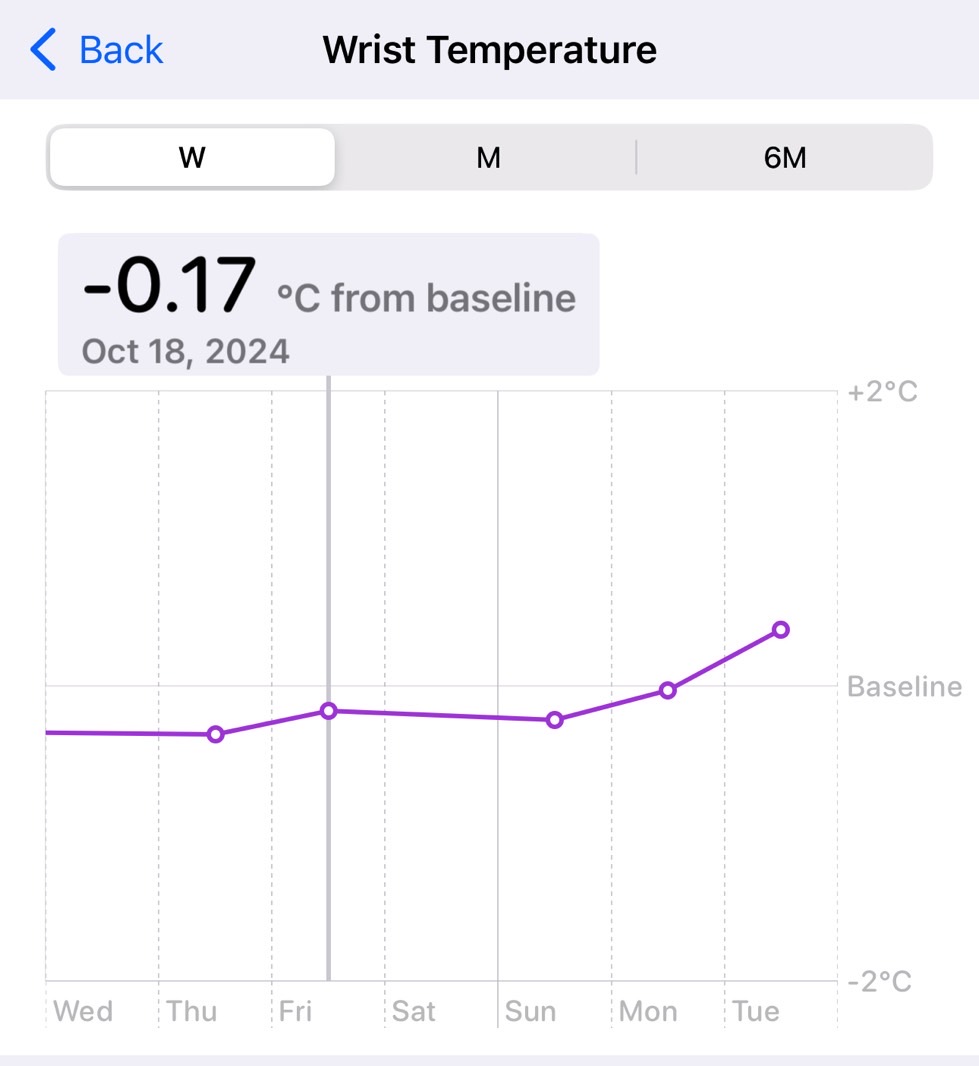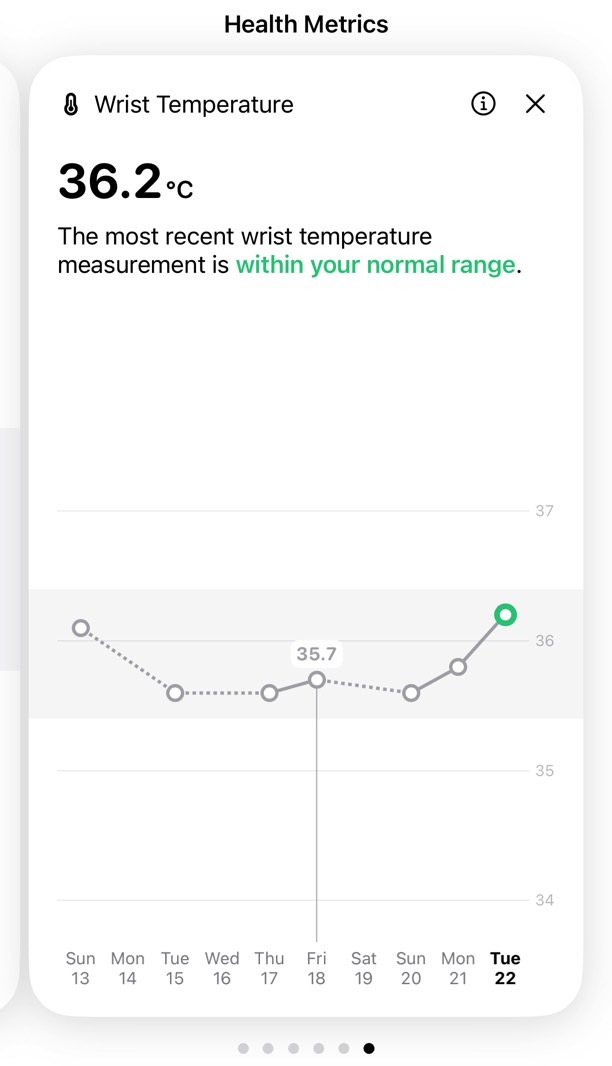Mastering the Apple Watch Series 10: Unlocking Temperature Insights
For tech enthusiasts and health-conscious individuals alike, the Apple Watch Series 10 introduces fascinating features that can potentially predict sickness. Although Apple doesn’t advertise this functionality, many users have turned to the capabilities found in the Vitals feature of watchOS 11 as a way to track their health more closely.
Explore the latest in smart health monitoring.
Understanding Vitals: What You Can Track
The Vitals feature of the Apple Watch records five key health parameters: heart rate, respiratory rate, wrist temperature, blood oxygen, and sleep duration. However, it’s important to note that due to a patent dispute, blood oxygen monitoring is unavailable in the United States. Furthermore, to utilize the wrist temperature feature, users must set their device to Sleep Focus mode every night.
This unique approach means that while the Series 10 can act as a kind of thermometer, it cannot be used casually to check for a fever. The Apple Watch does not display regular temperature readings; it instead establishes a baseline and shows changes compared to this baseline over time.
Setting Up for Accurate Temperature Tracking
To harness the wrist temperature functionality, users need to follow a specific routine. While traditional temperature checks during the day aren’t possible, the Apple Watch does track temperature during sleep, provided users establish a Sleep Focus for at least five consecutive nights. This step is crucial for building a reliable baseline temperature.
To access this data, you can use either the Vitals app on your Apple Watch or the Health and Fitness apps on your paired iPhone. When you delve into the data, you might find a display like the one below, showcasing your nightly wrist temperature variation.

This method of tracking can be frustrating for those seeking consistent daily readings. The interface shows how your wrist temperature compares to your established baseline, but does not provide a straightforward metric for the baseline itself, which can lead to confusion.
How to Access Actual Temperature Readings
To check your actual temperature readings, follow these steps on your iPhone:
- Open the Health app.
- Tap on the Browse option in the bottom bar.
- Select the Body Measurements menu.
- Choose Wrist Temperature.
- Scroll down to find the Show All Data option.
- Access any of the listed entries for detailed readings.
Surprisingly, the Apple Watch Series 10 does record actual temperature values by analyzing both wrist and surface temperatures, providing you an insight into your health metrics.

Third-Party Apps: A Complement to Health Tracking
While the Apple Watch itself provides some insights, third-party apps like Gentler Streak can enhance your tracking experience. These applications often present health data in a more digestible format, offering graphs and metrics that can simplify understanding your temperature trends.
 Graph representation of temperature trends.
Graph representation of temperature trends.
While the Apple Watch is not yet a fully functional thermometer, the wrist temperature data can be a valuable tool when monitored over time. Users are advised to compare these readings with temperature checks taken in other ways, especially if they’re feeling unwell. By observing consistent changes in wrist temperature, predicting an impending cold or flu can become more feasible.
Conclusion: A Health Companion on Your Wrist
In conclusion, the Apple Watch Series 10, with its innovative Vitals feature and wrist temperature tracking capabilities, provides users with new insights into their health. Although not intended as a primary thermometer, the data can help users establish health patterns and potentially predict illness. For anyone looking to keep a close watch on their health, leveraging these features along with proper tracking methods may prove essential in the digital age of self-care.
To further explore the capabilities of the Apple Watch and its various health metrics, stay tuned for updates as technology continues to evolve in personal health monitoring.


 Photo by
Photo by 








